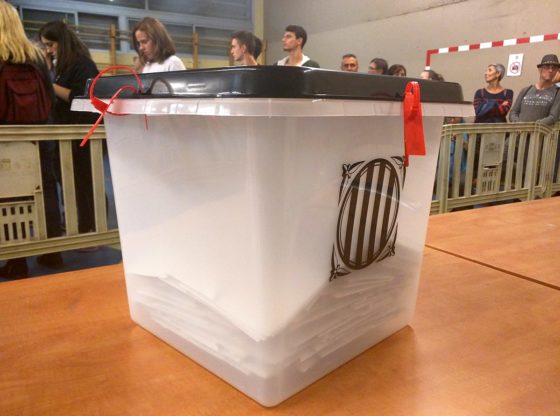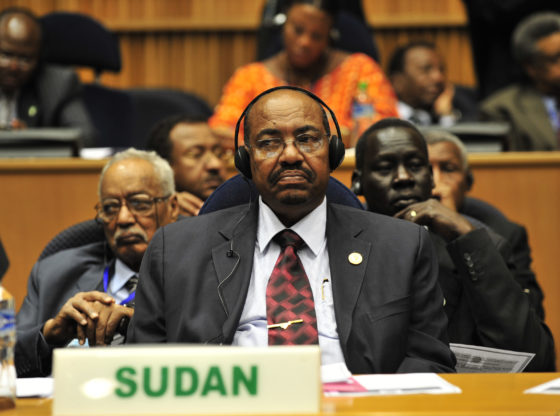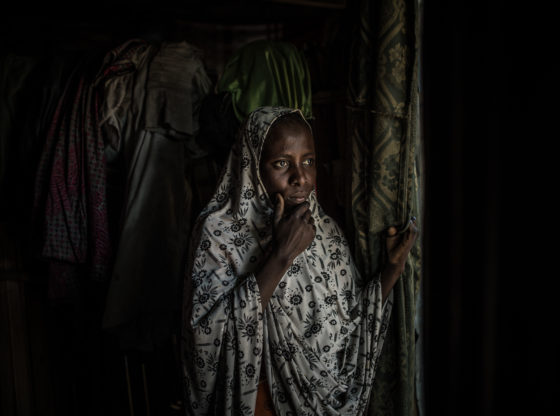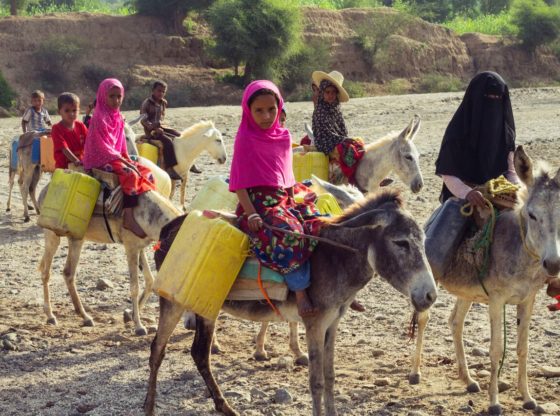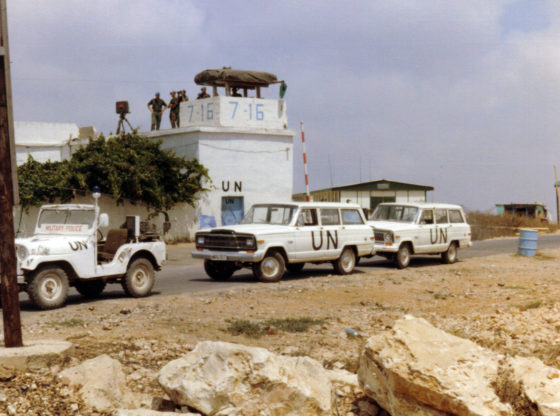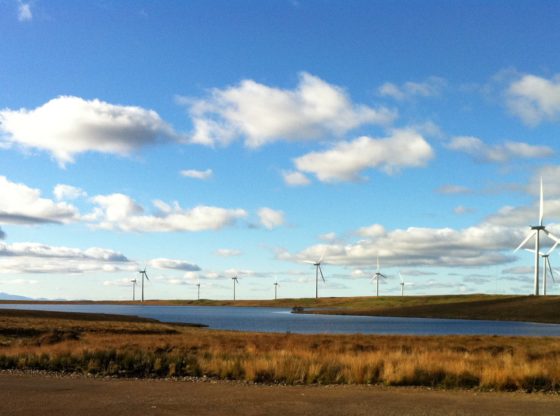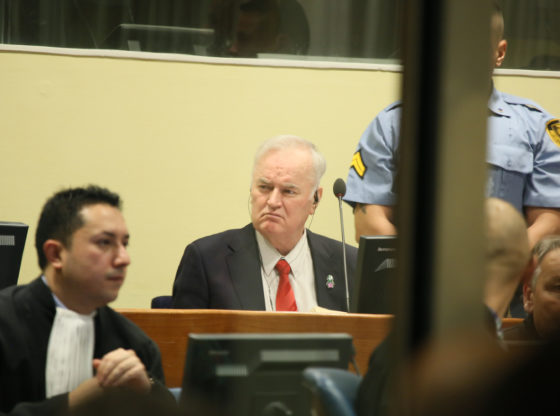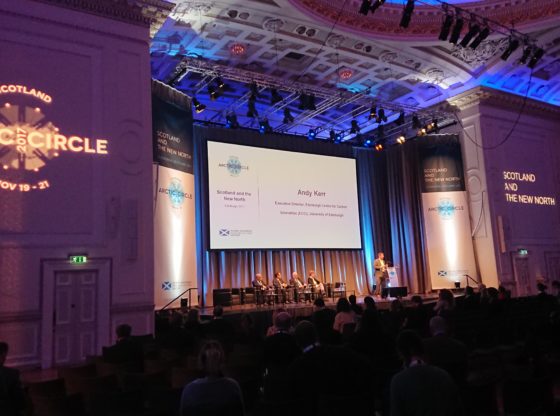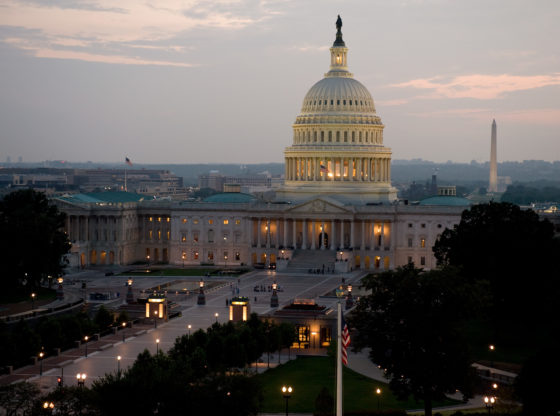The phenomenon of cow vigilantism is showing no signs of abatement in India, and threatens to undermine the country. Writing from India, Shubham Ghosh reflects that although Prime Minister Modi has spoken out against the violence, for his ruling BJP the cow now carries a socio-political significance that exceeds even that of India’s long-revered deity, Lord Rama.
In Bangalore, the information technology capital of India located in its south, one can often notice common people moving on the roads touching a resting cow out of adulation. “The cow is very sacred in Indian life. We seek its blessings whenever we go out” – ask a commoner on the streets, and this will be the answer every time. There are also temples in southern India where feeding leaves to the cow constitutes an essential part of the pilgrimage. This is one aspect which unites India’s south with the north – otherwise two distinct cultural entities.
This sentiment of the majoritarian community of the country - i.e., Hindus - is something the current ruling party, the Bharatiya Janata Party (BJP) has found to be politically beneficial, even more so than the traditional icon: the major deity of Hinduism, Lord Rama. However, the project to strive for some kind of monolithic India through the bovine is hurting India’s centuries-old social fabric badly. And every rational mind in the country is deeply worried.
The BJP-led National Democratic Alliance (NDA) came to power in May 2014 with a massive majority, something India hadn’t seen for three decades. Narendra Modi, the current Prime Minister who had spearheaded the NDA’s super-successful mission, had used the narrative of development to eclipse his opponents, especially the Congress, India’s traditional political powerhouse which is paying the price today for remaining too long in power since independence. The rising charges of corruption against the Congress-led United Progressive Alliance (UPA) government which preceded the NDA greatly facilitated Modi’s rise to power - between these corruption allegations and the massive election Blitzkrieg launched by the BJP, there was no stopping Modi from becoming India’s second saffron Prime Minister after Atal Behari Vajpayee.
For a section of observers of Indian politics, Modi’s brute majority in the legislature, something which even a moderate and popular Vajpayee didn’t have, was a recipe for disaster. For others, it was a much-needed victory required to advance India. The fact that Modi had been Chief Minister of one of India’s most reputed states – Gujarat – in terms of development before he became the PM, made that conviction all the stronger.
Yet Modi’s opponents also thought that the Gujarat connection was significant. For within months of Modi becoming the Chief Minister of the state, in October 2001, a communal pogrom had spread across Gujarat, leaving several Muslims dead. Though Modi himself was never found to be guilty, a section of liberal society never forgave him for what had happened, and there were apprehensions that something similar might happen at the national level, should Modi go on to lead India itself.
IT ALL BEGAN AT DADRI
For over a year, Modi’s time as India’s leader went smoothly. But disaster struck on the night of 28 September, 2015, when a 52-year-old Muslim man was lynched by a mob in the northern state of Uttar Pradesh on suspicion of storing beef at his house and also consuming it. The man’s 22-year-old son was grievously injured in the attack. This tragic incident flagged up the dark side of ‘cow politics’ in ‘Modified’ India and this phenomenon has snowballed since. What is worrying is that the Prime Minister himself has spoken far too little on this growing menace across the country - what the media has termed “cow vigilantism”. Even when Modi has spoken out, his words have had little impact on the ground.
REACTING TO MAJORITARIAN MENACE: COMPARING MODI WITH VAJPAYEE
If one draws a comparison between Modi and Vajpayee - who led a massive coalition government in the late 1990s and early 2000s - one can see a significant qualitative difference, in terms of governance. In early 1999, an Australian Christian missionary was burnt alive with his two little sons while sleeping in their car in the eastern state of Odisha. The Vajpayee government had taken a strong stand against such an atrocious act, even at the expense of incurring the wrath of the Rashtriya Swayamsevak Sangh (RSS), the BJP’s parent body which always tries to control the ruling party in order to implement a narrow vision of ‘Indianness’ which is hardly inclusive. After the Dadri lynching, there was no such response from PM Modi, raising doubts about the current NDA leadership’s political intentions.
Modi’s ascent to power in New Delhi has two narratives. One is development which is for everybody to see. Since Modi had served as the Chief Minister of what is regarded as a progressive state for 13 years before becoming India’s Prime Minister, it was easier for the BJP to sell a progressive, pro-development image ahead of, and during, the 2014 general elections. Furthermore, the changing demographics of Indian society played well to the BJP’s electoral razzmatazz. Its tech-savvy, businessmen-friendly visions, pro-youth sloganeering, and wooing majoritarian sentiments both at home and abroad, made the Modi-led BJP appear to be the perfect force to lead the India of today.
THE OTHER, MORE SINISTER, NARRATIVE
But this bright façade did not eclipse the other, more sinister, narrative - about communal polarisation. The saffron camp’s ultimate aim in India is to see the eventual establishment of the Ram Temple in Ayodhya, where a century-old mosque of the Mughal ruler Babur had been demolished in December 1992, marking the national inauguration of the dangerous project of accomplishing a Hindu state.
But owing to its lack of majority in parliament, and other socio-political compulsions, the BJP were never in a position to make this happen in the past. Even today, when it has a large majority in both the parliament as well as the legislature in Uttar Pradesh where Ayodhya is located, a variety of political and legal challenges ensure that the BJP would never have a cakewalk in this regard. If the BJP - backed by the Sangh Parwvar - tries to force the agenda, it would backfire, irrespective of its brute majority and the toothlessness of a great many contemporary media establishments.
Like in every vibrant democracy, there is an invisible pressure which is always at work in India and even the most powerful of regimes are made to bow before it. In the mid-1970s, Indira Gandhi had learnt it by heart after she called a state of emergency in order to cling on to power. But at the same time, the BJP can never let go of its political goal for it would mean an implosion in the Parivar and the very purpose of its political survival and functioning would be defeated.
Hence, for the BJP, a fallback plan becomes relevant - and that is all about cow vigilantism.
COW APPEAL BENEFITS THE BJP’S NATIONAL AMBITIONS
For the BJP, cow politics are, in a way, more effective than the Ram Temple movement. In the past, the BJP was more focused on making an impact on the Hindi belt, which comprises the northern and western regions of India. The party leadership and cadre had rallied around Ayodhya all these years, making the Ram Janmabhoomi movement the hallmark of its Hindutva project.
The script, however, requires some changes today. The BJP now is in the process of replacing the centrist Congress as the most powerful national party. It has today penetrated parts of India in a way which was quite unthinkable even a decade ago. It has also dominated the politically challenging UP one-sidedly in the last two major elections.
The BJP has gone all out to pander to the majoritarian sentiments by banning beef, and turning a blind eye to the violent acts of those who proclaim themselves the true custodians of cattle and ‘Hindu honour’
The onus is now on the party to discover and deploy new narratives and symbols in order to support its pan-Indian ambitions. This is where the cow becomes highly relevant. It was highlighted at the beginning of this article that the cow transcends geographic and cultural boundaries across India. Lord Rama’s appeal might not extend much to the south, despite his victory over the Lankan king Ravana, but the cow has universal admiration in the hearts of almost every Indian because of its social utility - be it in the Hindi or non-Hindi zones.
The BJP has decided to exploit this factor in an effort to make pan-Indian gains. But just as every action has a reaction, the cow politics of the saffron promoters, too, has produced a backlash. The reason has been both religious and cultural. The BJP has gone all out to pander to the majoritarian sentiments by banning beef, and turning a blind eye to the violent acts of those who proclaim themselves the true custodians of cattle and ‘Hindu honour’. The BJP’s drive is showing signs of a backlash.
THE EFFORT TO HOMOGENISE INDIA SPURS BACKLASH
Liberal Indian society has begun to protest against the relentless attacks on minorities in the name of cow protection: “not in my name” is the mantra. Furthermore, Prime Minister Modi’s futile words against the atrocities have not helped the BJP’s cause either. On top of that, the imposition of a ban on beef, which is a staple diet in several parts of India, including in the south and north-east, has earned the BJP strong condemnation, not only from opposition forces but even from its own local chapters who know that forcing cultural homogeneity down the throat of Indians only heralds disaster.
It is somewhat ironic. Unlike his predecessor Dr Manmohan Singh, Modi has led a flawless administration so far in terms of corruption. But he has not been able to rein in the elements that are doing his government serious harm.
Unlike his predecessor Dr Manmohan Singh, Modi has led a flawless administration so far in terms of corruption. But he has not been able to rein in the elements that are doing his government serious harm.
Prime Minister Modi remains the overwhelming favourite of the majority of Indians - in no small part, because there is no alternative for them. But since politics is a game of uncertainty, the BJP can’t take for granted that Modi will have an easy ride in the 2019 general elections. The twin economic issues of demonetisation and the Goods and Services Tax, added to the dangerous cow politics being executed by the saffron fanatics on the ground, have made it clear to the BJP that no challenge is easily overcome in India’s modern democratic set-up.
So far, the BJP has succeeded in beating its fragile and hapless opposition decisively through glittering electioneering - but the mess the government and the saffron fanatics are leaving behind - in the domains of economy and society - means that India’s vibrant democracy may ultimately exact ruthless revenge on the ruler of the day.
Shubham Ghosh is a freelance journalist based in Bangalore, India. He writes on international affairs and Indian politics. Find him on Twitter at: @how_isee
Feature image: Cows are a common sight in the streets of New Delhi. Image: Marc Shandro (CC BY 2.0)

